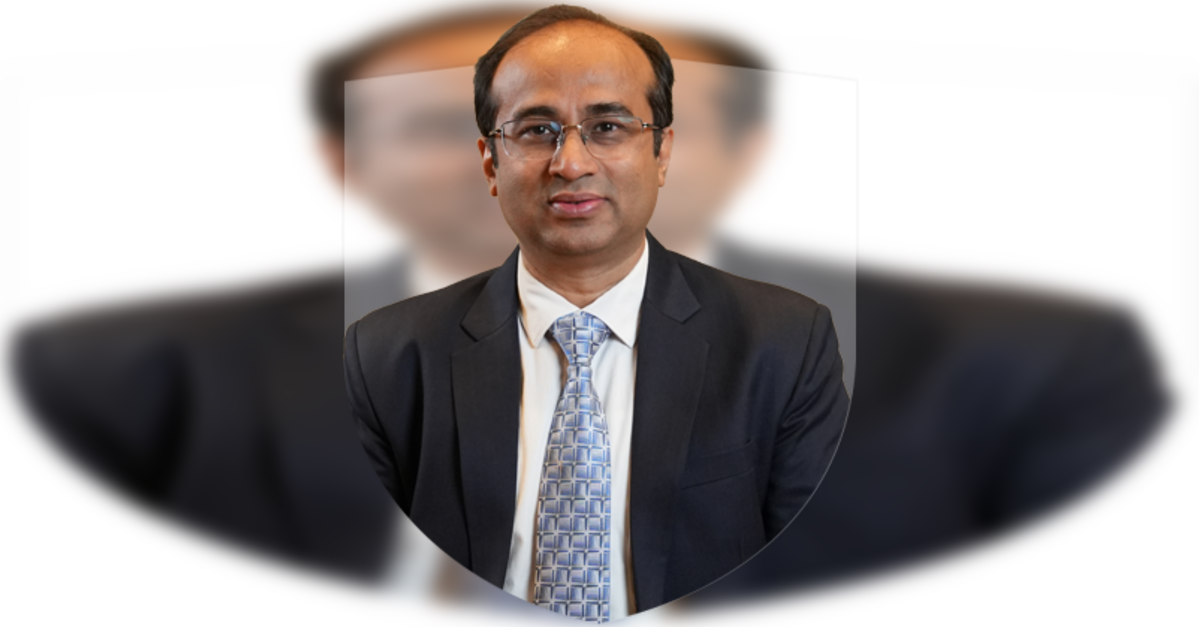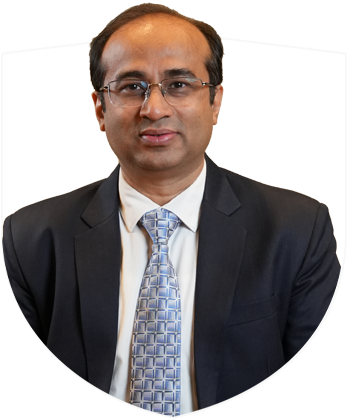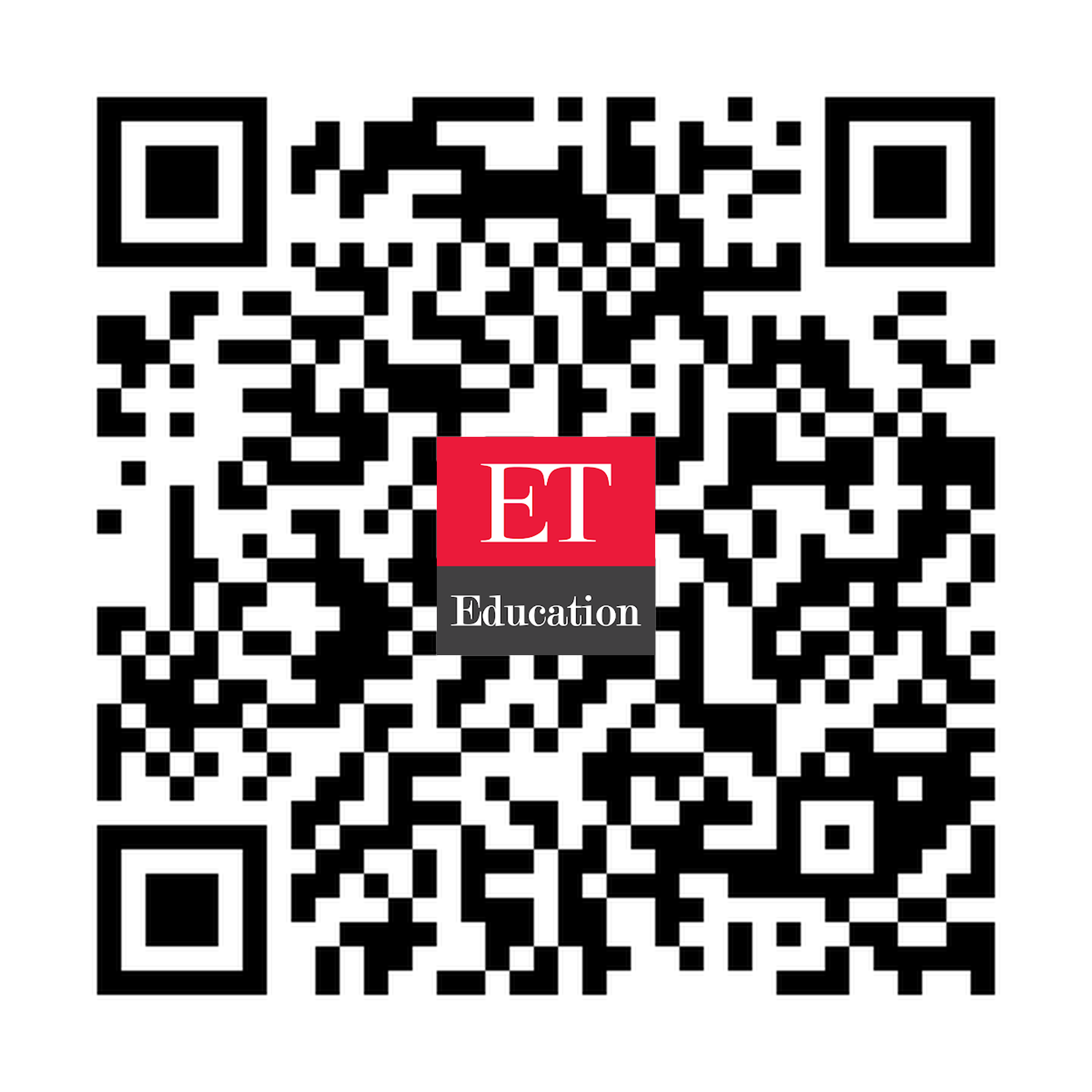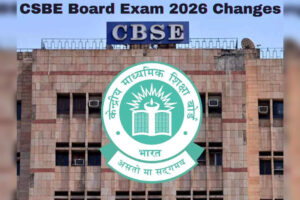
The impact of recent education reforms on curriculum design, international collaborations, and accreditation standards, ETEducation

By Shri Naresh Jadeja
Indian higher education is undergoing real change. With the National Education Policy (NEP) 2020 as a driving force, colleges and universities are rethinking what they teach, how they teach, and how they prove quality.
Today, India has about 58,600 higher education institutions (HEIs), up from around 51,500 some years ago. Meanwhile, the Gross Enrolment Ratio (GER) in higher education has risen to about 29.5% (provisional, 2022-23 AISHE data), up from ~23.7% in earlier cycles. Achieving 50% GER by 2035 is a stated national goal.
These numbers show growth, but the deeper shift lies in values: more flexibility, real-world skills, and global linkages replacing rigid specialization, rote learning, and isolation.
Curricula: From Fixed Streams to Flexible, Skills-Focused Design
Interdisciplinary & Credit Mobility
Under NEP 2020, students no longer have to remain locked in a single stream. The Academic Bank of Credits (ABC) allows learners to accumulate credits across institutions and programmes, making cross-disciplinary movement easier.Multiple entry and exit points let a student pause study and return later without losing all progress. The 4-year undergraduate programme (FYUP) model, adopted by several institutions, provides room for flexibility, deeper learning, and electives. For instance, some premier institutions now allow students from arts or science to pursue data science or computing electives.
Skills, Projects & Experiential Learning
Modern curricula now include digital literacy, data analytics, entrepreneurship, financial skills, and soft skills. Students are increasingly required to complete capstone projects, internships, or lab-based experiences, even before postgraduate levels. This shift aims to bridge the gap between what students learn and what employers expect. However, adoption is uneven: many colleges lack capacity, infrastructure, or trained faculty to support these changes.Global Collaborations: Opening Academic Pathways
Policy & Institutional Moves
NEP 2020 explicitly encourages internationalisation. Regulations like Academic Collaboration between Indian and Foreign Institutions (2022) allow dual, joint, or twinning programmes. India now has educational cooperation MoUs with 51 countries, and reports suggest around 60 Indian universities have formal foreign collaboration under recent frameworks.
Research & Virtual Exchange
Joint research is growing: in AI, healthcare, clean energy, etc. Indian students can access shared labs, visiting faculty, and cross-border mentorship. Because travel is costly or limited, virtual mobility (guest lectures, online exchanges) is becoming common. Government initiatives like GIAN and “Study in India” have hosted thousands of international lectures or programmes.These tie-ups bring Indian universities into global conversation and help students gain exposure without always going abroad.
Accreditation & Quality Assurance: Shifting to Continuous, Outcome-Driven Models
From Infrastructure to Outcomes
Traditionally, accreditation assessed infrastructure, libraries, faculty numbers. Now, bodies like NAAC must emphasise learning outcomes, employability, research output, innovation.
As of early 2023, among 1,113 universities, 418 were NAAC-accredited; among 43,796 colleges, 9,062 were accredited. Many HEIs remain outside accreditation, about 30% of institutions nationally are reported to be unaccredited. NAAC currently accredits about 6,538 institutions (reports as of mid-2024) under its system.
NEP 2020 envisions a National Accreditation Council (NAC) to standardise evaluation across professional and general education. Institutions are now being asked to submit annual digital dashboards, self-evaluation reports, and transparent data, making accreditation more dynamic than a once-every-five-years event.
Aligning with Global Standards
To make Indian degrees more acceptable globally, metrics like international collaborations, citation impact, student mobility, employer feedback are being integrated. Rankings (QS, Times Higher Education, etc.) increasingly consider these. India’s HEIs are gradually entering Asia and global ranking lists, partly due to these reforms.
In 2024, a roundtable convened by NBA included top HEIs featured in QS rankings to exchange best practices and improve global standings. The research output component contributes ~30% to many international ranking formulas.
Opportunities for Students
- More freedom to combine disciplines (e.g. economics + AI, psychology + computing)
- Use of credit mobility and multiple entry/exit points
- Built-in exposure to internships, projects, and industry linkages
- Global exposure through dual programmes or virtual exchanges
- Degrees with stronger recognition domestically and internationally
Challenges & Gaps
Faculty Capacity & Mindset
Many educators are still trained in lecture mode. Only a modest share have undergone formal training in mentorship, project supervision, digital pedagogy. Scaling up faculty development is essential.
Infrastructure & Resource Gaps
In many rural or underfunded institutions, issues like weak internet, lack of lab equipment, limited library resources, and budget constraints hinder implementation.
Accreditation Coverage & Institutional Readiness
While reforms benefit well-resourced institutions first, many colleges are far behind in readiness to adopt new curriculum models or accreditation standards. The fact that a large share of HEIs remain unaccredited reflects this gap.
Digital Divide & Equity
Online or blended education benefits those with good devices and connections. Students in remote, rural, or low-income areas may be left out unless connectivity and access improve.
Balancing Global & Local Relevance
While global standards are important, Indian higher education must still address local languages, regional needs, social development, and rural challenges. Overemphasis on global metrics risks sidelining contextually relevant education.
Looking Ahead
Reforms under NEP 2020 are more than policy changes, they signal a philosophical shift from teaching to learning, from content to capacity, from compliance to continuous improvement.
The success of this transformation depends on:
- Scaling teacher training – continuous upskilling in pedagogy, mentorship, technology
- Bridging resource gaps – targeted funding, infrastructure support, labs, connectivity
- Transparent evaluation systems – dashboards, audits, stakeholder feedback, regular reviews
- Equity measures – scholarships, connectivity support, bridging programs for disadvantaged students
- Institutional ecosystems – networks, peer learning, shared best practices
- Clear benchmarks & accountability – monitoring GER targets, research growth, placement data
If these are addressed, India can move toward realizing its target of 50% GER by 2035, strengthen global academic stature, and build a more inclusive, flexible, and future-ready higher education ecosystem.
Shri Naresh Jadeja is the Executive Registrar of the Marwadi University.
Source link




